14 min read
What electric underfloor heating system should I choose?
So, you’ve completed your research on electric underfloor heating and have decided that it’s the perfect fit for your project. But, with so much...

As a British manufacturer of electric underfloor heating, we often get asked ‘What’s the best electric underfloor heating system to use?’. Sounds simple enough to answer, doesn’t it? However, there are a multitude of factors to consider before you take the plunge and head to your electric underfloor heating retailer to pick up the kit.
In this blog, we go back to basics and provide everything you need to make the right decision. This ranges from how it works to our top tips to consider before parting with your hard earned cash.
However, if you are little further down the line with making your decision and know what you want, the floor area and the substrate it is being installed on, then you can simply request a quote or ask one of the team to help you so you have everything you need. If not, read on…
An electric underfloor heating system produces radiant heat which in effect turns your floor into a giant radiator. The heat rises upwards and is distributed evenly throughout the room. Unlike traditional central heating radiators, there are no cold spots so there’s no need to fight for a space near a radiator to keep warm. Another benefit is radiant heat maintains the natural humidity of the room, so you don’t get that horrible ‘stuffy’ and dry heat.
Electric underfloor heating systems are installed underneath the floor finish, connected to the mains electricity supply, and controlled with a thermostat. When the system is turned on, the heating cable heats up warming the surface of the floor to generate radiant heat. There are different types of electric underfloor heating systems which we will run through later. But no matter which one you choose, you must get a Part P registered electrician to make the final connections to the mains.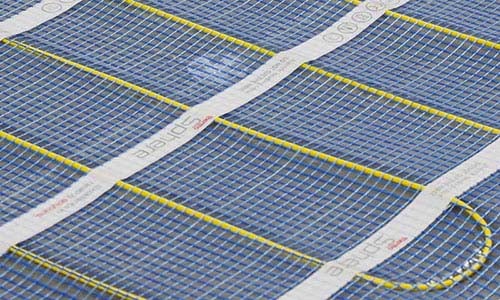
There is an abundance of advantages to electric underfloor heating, many of which apply to wet underfloor heating too. We’ve picked some of our favourites.
Design freedom: With no radiators on the walls, there are no limits on where you can place furniture which gives you design freedom in abundance.
Control zones: It’s easy to create heating zones with underfloor heating, and you’ll conserve energy as a result because you are only heating up the rooms you need. It's worth pointing out that using setback temperatures in rooms that are infrequently used is a good option rather than turning the heating off altogether.
More efficient: Electric underfloor heating not only operates at a lower temperature, it’s also 100% efficient at point of use. This means that every joule of energy paid for is used at the exact point where the heat it is needed. Additionally, an electric underfloor heating system heats up to the desired temperature in 45 – 60 minutes, whereas a wet underfloor heating system will take 1 – 2 hours.
Friendlier to the environment: Underfloor heating uses less energy than traditional systems and electric heating produces much less carbon emissions compared with gas alternatives. But it’s important to note that to make an electric heating system totally emission-free, the electricity used to power it must be 100% from renewable sources such as wind or solar.
Benefits to your health: Believe it or not, underfloor heating can also help to create healthier environments. Let’s use the example of travelling dust.
The way that traditional radiators heat a room is through convection, this is when hot air rises and then falls when it gets cooler. This carries dust particles around the room which makes it easier for you to breathe them in and is problematic for people with any respiratory problems. With underfloor heating there is much less movement of air due to the room being heated via radiation which means your chance of inhaling dust is significantly reduced. Learn more about the health benefits by reading ‘Can underfloor heating boost your health?’.

Just like other types of heating systems, there are disadvantages to electric underfloor heating which could make it not suitable for your project.
Running costs: There is no getting away from it, the cost per kWh of electricity is more expensive than gas. However, there are plans to narrow the difference between gas and electricity prices, but for now the reality is electricity is more expensive.
Loses heat faster: Although electric underfloor heating provides fast heat up times, as well as short bursts of heat through ‘boosting’ the system, it also loses heat faster than a wet underfloor heating system once it has turned off.
Restriction on furniture: Underfloor heating can restrict the type of furniture you are able to put on the floor. Any flat-bottomed furniture or any rug with a tog rating of 2.5 and above should not be placed over a heated floor especially where the heating cable has been installed. If you do, airflow will be restricted and cause ‘thermal blocking’ which could result in the heating cable overheating causing damage to the floor finish, more so with wood, carpet or vinyl floor finishes.
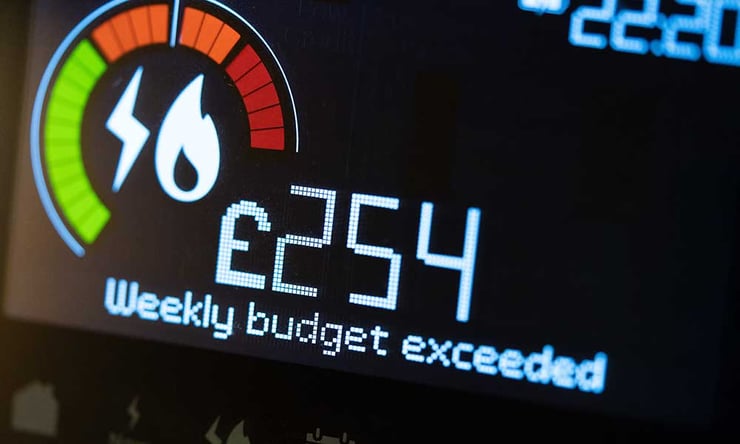
Electric underfloor heating is more commonly used in renovations or for smaller floor areas within new builds. It’s suitable for any room within your home and can be used under most floor finishes from tiled to carpeted floors.
An electric underfloor heating system can also be used as a primary heat source. What do we mean by a primary heat source? It’s heating system that takes care of most of the heating demand. A secondary heat source is a supplementary source of heat. For example, installing electric underfloor heating in your bathroom for the purpose of simply taking the chill off a tiled floor. When considering underfloor heating as a primary heat source, we recommend that you commission a heat loss calculation. This will inform you if the maximum heating output of the underfloor heating system is more than the heat loss of the space and therefore will heat the space effectively.
If you are wanting to use electric underfloor heating as a primary heat source, remember it will use a large amount of current so check if the total load of the system does not exceed the total load capacity of the electrical circuit. Electric underfloor heating can be installed by any competent person. However, the final connection to the mains must be completed by a Part P registered electrician.
There are four common types of electric underfloor heating systems all of which have different thicknesses. For detail around floor build-ups using different systems, read ‘How thick is underfloor heating?’.
Mesh mat (heating mat) systems
The traditional mesh mat system is a series of heating cable attached to a mesh mat at regular intervals and is most commonly used under tile or stone floor finishes. Examples of this system include Warmup’s StickyMat System, Heat Mat’s Heating Mats, and ThermoSphere Mesh. You’ll find that there are a variety of outputs available with this type of electric underfloor heating system. As an example, ThermoSphere Mesh is available in the following outputs:
100W/m2 - Ideal for larger, well-insulated and commonly used rooms that require warmth for most of the day.
150W/m2 – Heats up faster than a 100W/m2 system and is the most common option that maintains an optimum temperature in rooms that have a small amount of heat loss.
200W/m2 – Has the fastest heat up time and is the ideal choice for maintaining a comfortable temperature in higher heat loss rooms such as conservatories, or for rooms that occasionally require short bursts of heat.
Floor finishes: Tile or Stone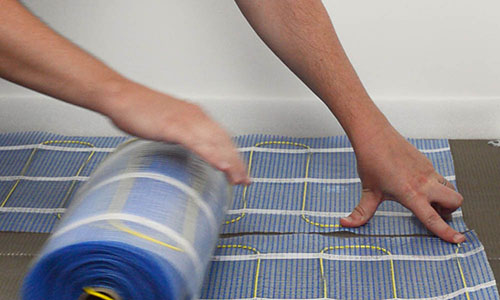
Heating and decoupling systems
A heating and decoupling system is a more recent innovation compared to a mesh mat system. Decoupling membrane is designed to prevent cracking, lifting and delamination of tiled floors. The membrane allows the tiled surface to move independently from the subfloor. It reduces any risk of damage to a tiled floor caused by expansion and contraction, whilst at the same time, holding the heating cable in place via dimples (or studs).
This system allows for different heating outputs by changing the spacing between the cable. For example, using ThermoSphere Membrane, you can use a two-stud spacing for an output of 195W/m2 or a three-stud spacing for an output of 130W/m2.
Additional benefits of a heating and decoupling system include cable protection because the heating cable is pressed in-between the studs mitigating risk of damage caused by a heavy hand using a trowel. Also, the decoupling membrane provides a waterproofing layer which is ideal for wet room projects.
Floor finishes: Tile or Stone (especially suited to wet room projects)
Foil systems
A foil electric underfloor heating system like Warmup’s Foil Heater System or ThermoSphere Foil are designed to be used with floating floor finishes such as wood, carpet or vinyl. They usually have a specific output (140W/m2) designed not to overheat soft floor finishes and can be installed without adhesives.
These systems provide great thermal conductivity and fast heat up times because the heating cable is wrapped by two layers of foil which is an ideal thermal conductor.
Floor finishes: Wood, Carpet or Vinyl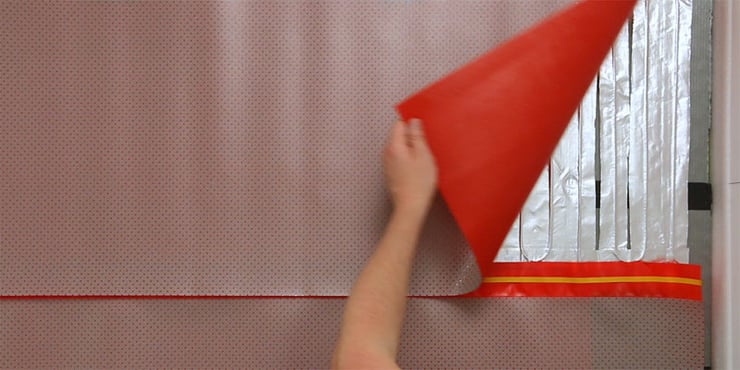
In-screed systems
In-screed systems are more readily used in new build or extension projects because the heating cable can easily be installed in the screed layer in the building phase. This type of system is ideal for rooms that are in almost constant use as they have longer heat up and cool down times.
If you plan to use in-screed heating cable as a primary heating source, we recommend using it off peak to ensure greater energy efficiency. The heating output per m2 can be adjusted by varying the cable spacing to achieve your desired heating output.
In-screed electric heating systems take longer to install compared with electric underfloor heating mats, so we would recommend using a pre-spaced fixing profile for an easier and more secure cable installation.
Floor finishes: Any
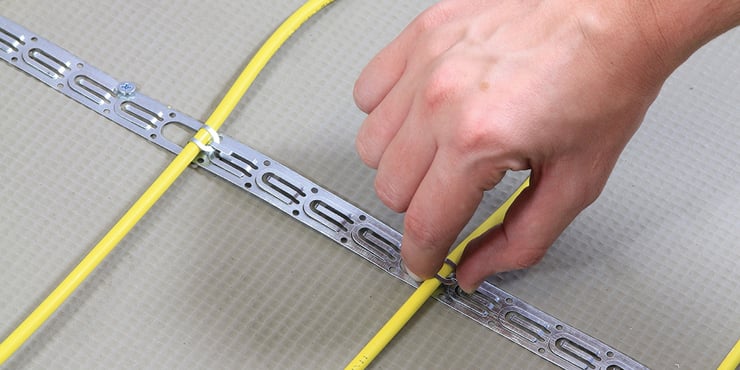
Consult your electrician!
Ask your electrician to check the capacity of the electrical circuit before parting with any cash. They can check that the total load of the electric underfloor heating does not exceed the total load capacity of your electrical circuit.
A 10A system should be connected to the mains supply with a 16A thermostat and a 13A fused spur. The power supply should also be protected by a 30mA RCD and there should be capacity for the extra load demand of the electric underfloor heating back at the MCB in the consumer unit.
Choose a thermostat to suit you
Firstly, not all thermostats work with electric underfloor heating such as Nest or Hive. It’s important that you choose the right thermostat that suits your lifestyle because you’ll be able to run your electric underfloor system more efficiently. For example, if you already embrace smart home technology in your home then a smart thermostat is a great choice. It will help you to intelligently monitor your energy consumption and control your heating in the most efficient way. Read all about the benefits of smart thermostats in our blog ‘Do smart thermostats save you money?’
Don’t cut corners and leave out insulation
We often get asked ‘Do I need the insulation boards?’ and the simple answer is ‘yes’. If you don’t include them, it will take longer for the room to reach the temperature you want because half the heat is being lost through the subfloor. Read ‘Why removing insulation from underfloor heating is costing homeowners’ for the details.
Do your research on running costs
You’ve made a cracking start because you’re here reading this blog. There are heaps of resources available online, much of which are about running costs. However, running costs vary and are influenced by:
There is no ‘one size fits all’. We would recommend that you check your tariff, get a heat loss calculation, and give your best guess to how long you will have your system running each day. Then you can make an informed decision without any nasty surprises appearing on your energy bills.
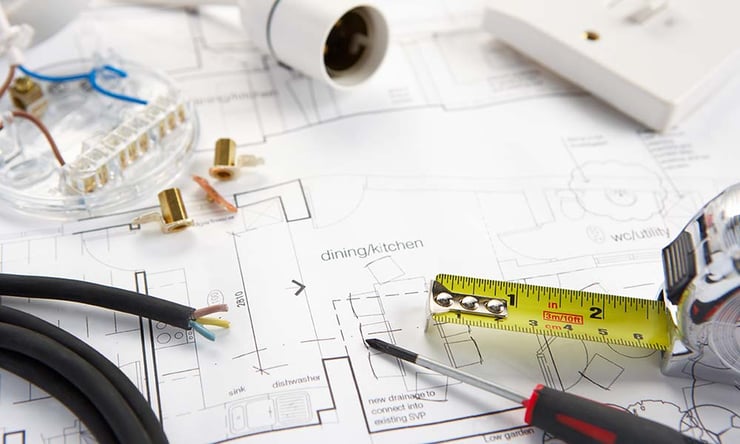
When it comes to answering this question, it all depends on the type of project and heating requirements. For example if you are creating a wet room, a heating and decoupling system like ThermoSphere Membrane is a solid choice. If you want electric underfloor heating for a lounge with a stunning timber floor finish, then a foil system such as ThermoSphere Foil would fit well. For everything else and an easy installation process you’ve got a mesh mat system like ThermoSphere Mesh.
For total peace of mind, remember to look if the system comes with a lifetime warranty and the manufacturer has tip top Trustpilot reviews.
If you have any questions about electric heating, please contact our team who are always on hand with great advice that will save you both time and money.
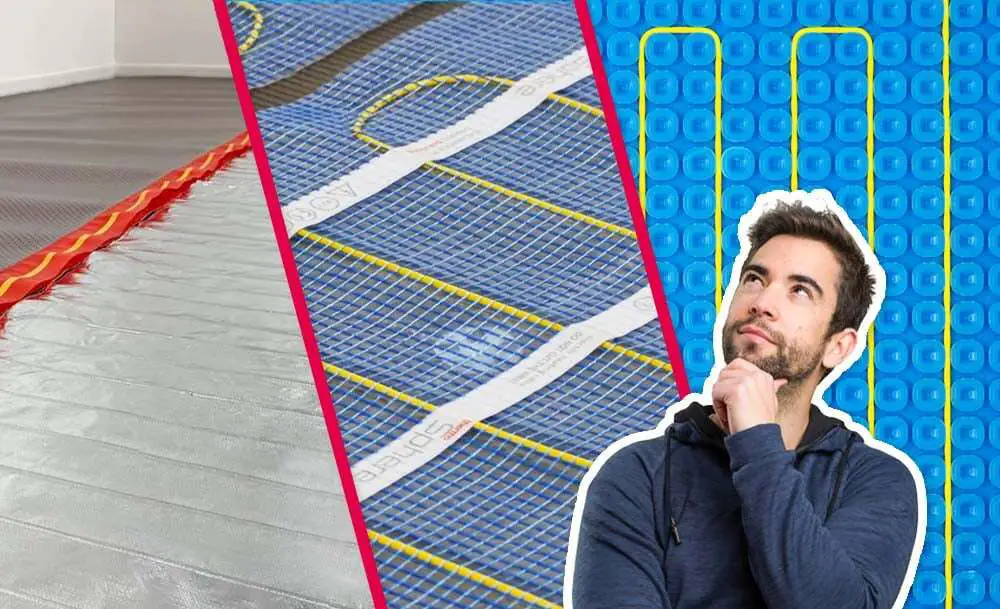
14 min read
So, you’ve completed your research on electric underfloor heating and have decided that it’s the perfect fit for your project. But, with so much...
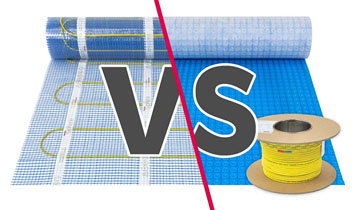
14 min read
Deciding what is the best electric heating system to use for your project can often be confusing especially when many of them can effectively heat...
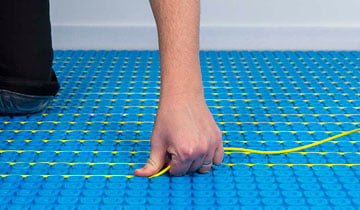
8 min read
If you are in the market for an electric underfloor heating system for your next home renovation, then you have landed in the perfect place. We’ve...